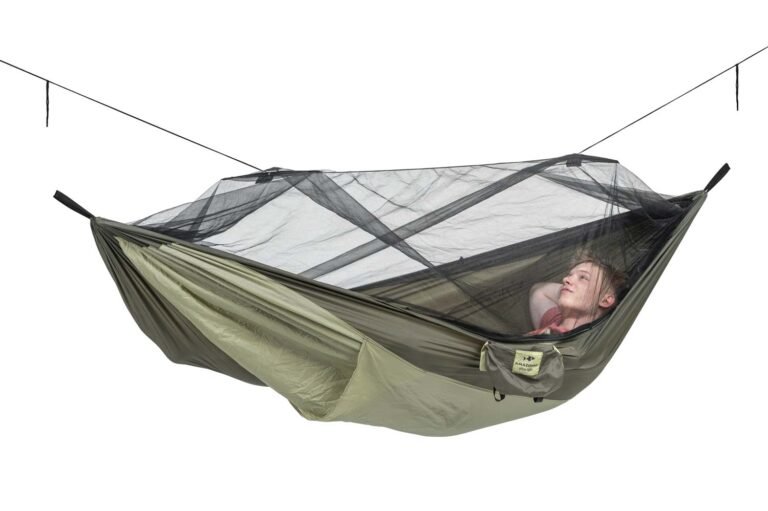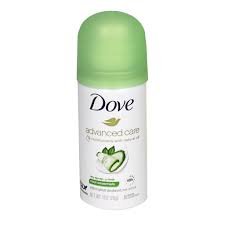Riding Boots: Types, Fit, Care & Buying Insights
Riding boots hold a central place in equestrian gear. Riders use them for stability, posture, safety, and comfort across English, Western, and recreational disciplines. A riding boot supports the rider’s leg, anchors balance in the stirrups, and prevents rubbing from saddle leathers. Modern boot makers combine traditional craftsmanship with performance technology to meet the demands of training, competition, and all-day barn work. This guide explores the types, features, materials, fit considerations, care methods, and best buying practices for riding boots.
What Are Riding Boots?
Riding boots are specialized equestrian footwear designed to give riders leg support, ankle stability, grip, and safety while mounted. They typically feature:
-
A tall or short shaft for leg protection
-
A defined heel to prevent slipping through the stirrup
-
Durable leather or synthetic construction
-
Soles with safe traction for stable footing
-
Structural support for long hours in the saddle
Different equestrian sports use different styles, but all share the goal of improving control, reducing strain, and enhancing rider-horse communication.
Types of Riding Boots
Understanding the different styles helps riders choose boots tailored to training conditions, competition rules, and comfort needs.
1. Tall Riding Boots
Tall boots reach just below the knee and are common in English disciplines.
Field Boots
Field boots include a lace panel at the ankle, which allows more flexibility. Riders in jumping sports—show jumping, eventing, hunt seat—prefer them for improved lower-leg movement.
Dress Boots
Dress boots have a sleek, stiff shaft with no laces. They offer a polished appearance for dressage, where a quiet, stable leg is essential. The stiff construction promotes correct leg position.
Hunt Boots
Hunt boots resemble dress boots but traditionally include a brown leather top cuff. Fox hunting riders commonly wear them.
2. Paddock Boots (Short Riding Boots)
Paddock boots are ankle-height and popular for training, barn chores, and schooling sessions. Riders often pair them with half chaps to simulate tall-boot structure.
They are valued for comfort, easy movement, and affordability.
3. Western Riding Boots
Western boots also known as cowboy boots are used for ranch work, trail riding, and Western competition. Characteristics include:
-
Angled heel
-
Reinforced toe
-
Pull on shafts
-
Decorative stitching
These boots support hours in the saddle while providing a stylish look.
4. Specialty Riding Boots
Certain riding conditions require specialized gear:
-
Winter insulated boots for cold weather
-
Waterproof boots for wet environments
-
Safety toe boots for heavy barn duties
-
Synthetic vegan boots for riders avoiding leather products
Key Features to Look for in Riding Boots
High quality boots balance comfort, performance, and durability. Below are essential features every rider should evaluate.
1. Material Construction
Leather
-
Durable and breathable
-
Molds to the rider’s leg
-
Offers traditional appearance
-
Ideal for show-quality boots
Synthetic
-
Lightweight and affordable
-
Easy to clean
-
Water resistant options available
Hybrid Designs
-
Combine synthetic panels with real leather
-
Increase flexibility and durability
2. Boot Sole Design
The sole affects grip, flexibility, and safety:
-
Rubber soles provide durability and everyday traction
-
Leather soles give a sleek feel for competition
-
Anti slip panels enhance stability on varied terrain
-
Shank reinforcement supports the arch
3. Heel Height
Riding boots have a defined heel (usually 1–1.5 inches) to prevent the foot from sliding through the stirrup.
4. Boot Closure Systems
-
Zippers for easy on/off access
-
Elastic gussets for stretch
-
Lace fronts for ankle mobility
-
Pull on loops for Western designs
See More: Tarnplanen: A Complete Guide to Meaning, Uses, and Perspectives
How to Choose the Right Riding Boots
Selecting the right boot requires considering fit, discipline, climate, and riding frequency.
1. Determine Your Riding Discipline
English riders
Choose tall boots or paddock boots with half chaps.
Western riders
Choose cowboy style Western boots.
Recreational riders
Both English and Western boots work depending on preference.
2. Measure for Proper Fit
A well fitted boot ensures comfort and safety. Always measure:
-
Foot size
-
Calf circumference
-
Boot height from floor to back of knee
-
Ankle width
Tip: New tall boots initially feel snug but soften with use.
3. Consider Climate Conditions
Cold regions require insulated boots, while humid climates benefit from breathable materials.
4. Evaluate Durability and Craftsmanship
Examine stitching, sole reinforcement, leather quality, and zipper strength.
See More: Guys Travel Bag: Complete Guide with Features, Types, and Trends
Riding Boot Types
| Boot Type | Disciplines Used | Best For | Key Features |
|---|---|---|---|
| Field Boots | Jumping, Eventing | Flexibility | Lace front, soft ankle |
| Dress Boots | Dressage | Stability | Stiff shaft, sleek look |
| Hunt Boots | Hunting | Tradition | Brown top cuff |
| Paddock Boots | Schooling | Comfort | Ankle height, easy wear |
| Western Boots | Ranch, Trail | Style & function | Angled heel, pull-on |
| Winter Riding Boots | All disciplines | Warmth | Insulated lining |
How to Care for Riding Boots
Proper boot care extends lifespan and maintains performance.
1. Cleaning Routine
-
Wipe off dirt after each ride
-
Use glycerin or saddle soap for leather
-
Avoid harsh chemicals
-
Air-dry naturally
2. Conditioning (Leather Boots)
-
Apply leather conditioner
-
Prevent cracking
-
Maintain flexibility
3. Waterproofing (If Needed)
-
Use silicone spray or wax for moisture protection
4. Storage
-
Use boot trees
-
Keep boots upright
-
Avoid direct sunlight
-
Store in a ventilated room
Benefits of High Quality Riding Boots
-
Support proper riding posture
-
Improve stability and balance
-
Reduce friction and skin irritation
-
Provide ankle reinforcement
-
Offer better stirrup control
-
Enhance overall rider confidence
Common Mistakes to Avoid When Buying Riding Boots
-
Choosing the wrong size
-
Ignoring calf width
-
Overlooking safety heel design
-
Buying fashion boots instead of equestrian boots
-
Skipping material quality checks
-
Neglecting proper break-in time
FAQs:
1. Can beginners wear paddock boots for riding?
Yes. Paddock boots are ideal for beginners due to comfort, affordability, and ease of movement.
2. How long do riding boots typically last?
With proper care, quality riding boots can last 3–10 years, depending on daily use and material.
3. Are synthetic riding boots as good as leather?
Synthetic boots provide durability and easy maintenance, while leather molds better to the leg. Both options work depending on preference.
4. Why do riding boots have a heel?
The heel prevents the rider’s foot from slipping through the stirrup, providing essential safety.
5. Can you use regular boots for horse riding?
Regular boots usually lack the correct heel height, shaft structure, and safety features needed for riding.
Conclusion:
Riding boots remain an essential part of equestrian gear, offering stability, protection, and improved performance. Whether you ride English or Western disciplines, the right boot enhances your position, reduces fatigue, and strengthens your connection with the horse. Understanding boot types, materials, features, and fit ensures long-lasting comfort and safety in the saddle. By investing in proper care and selecting the right style, riders can enjoy consistent performance and durability from their equestrian footwear.







